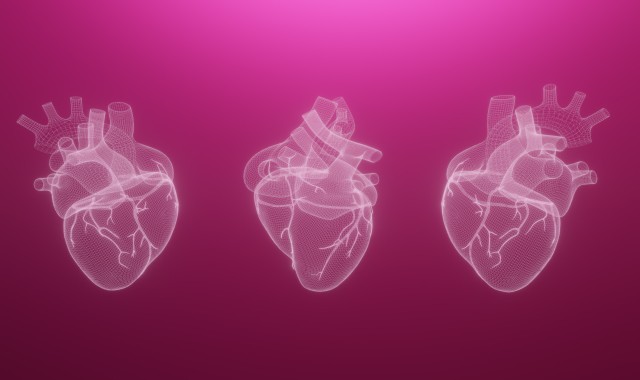It’s fascinating how interconnected and beautiful the work of nature is. Whether it’s the minute, intricately detailed functioning of our bodies or anything and everything around us – a minute of focusing on such phenomenon leaves us in awe.
If you think science and nature are that interesting, it only gets more fascinating if you get to study them the way people get to in medical fields. While every creation has its own established agency in the world of science, we’ll talk about that one single organ that pumps the essence of life through us.
The heart. The sole focus of work of art, fiction, literature, the heart has been a fascination for us humans for perhaps the longest of times. In religions and the oldest of cultures, it has been considered the source of life.
In medical science, all fascinations aside, it is a vital organ consisting of four chambers and pumps blood throughout your body. It begins beating at approximately five weeks into pregnancy and only stops when you die. It creates its own electrical impulses to beat. It’s smart in ways that we have only begun to understand.
Unfortunately, like all other organs, the heart is prone to all sorts of defects and malfunctioning. The list of heart diseases is a long one. Medical science, the old and the modern has always been invested in the case of finding cure and treatments for them and has come a long way since.
Thus another method for treating heart diseases has come forth — the 3D human heart models. 3D printing has become a leap forward for many fields. It’s no surprise that people are putting it to use in the field of medicine as well.
Heart disease is the leading cause of death, not only in America but worldwide. The ability for medical professionals to diagnose patients timely serves an important role to treat patients in time and with more accuracy. It simply improves the chances of survival, thus pushing a step forward in the battle against heart disease.
Diagnostic measures like MRI, ultrasound, CT Scan, Angiography already exist but what happens when you put together the data obtained from all these, combine it all and feed it to a software that can print an exact replica of the ailing heart of the patient? You get a 3D heart model.
Similar to how every person has unique fingerprints, the heart and its ailments differ according to exact genetic makeup. This puts physicians at a disadvantage during diagnosis. Even if the disease is accurately diagnosed, the complications can only be predicted from what the tests and preexisting knowledge provides.
Even though it sounds like a breakthrough and it really is, there is still a long way to go in terms of improvement and progress. Because you see, the 3D model obtained is a result of all the 2D imaging and corresponding data collected, it provides a real-time high-resolution model that makes assessing much easier.

Cardiologists can analyze the heart of a specific patient, both qualitatively and quantitatively. The vascular pathology is far more imminent than ever before, allowing more knowledgable diagnosis.
Other conditions like fibrosis and blocked veins are easier to detect since the 3D reconstruction of arteries and veins is near accurate due to the use of intravascular ultrasonography. The technology used to analyze and ‘read’ the heart in order to ‘draw’ it, later on, is sophisticated and requires a very set pattern to be followed.
The principle is simple. The more data and time allowed to assess the heart, the higher speed and accuracy in image reconstruction and display of the 3D model. The images can be rendered over time with progress and treatment since a vast majority of heart diseases take their ample time to recover from.
From a surgical point of view, it gives more insight to the surgeons. It even assists them during surgery, being a constant guide leading to more successful ratios of surgeries.
In short, 3D printing is saving lives, and it has a solid futuristic approach. Experimentation of actual 3D printed human heart and other vital organs that are morphologically compatible has begun. It will not be long before these are successfully transplanted in us as well, making the donor searching and matching procedure with additional complications a thing of the past.



